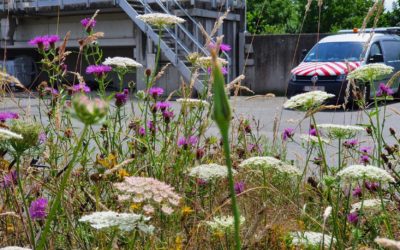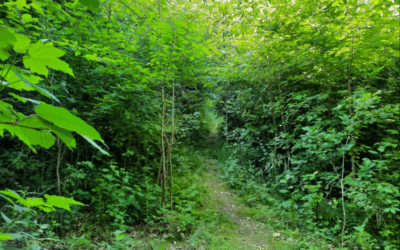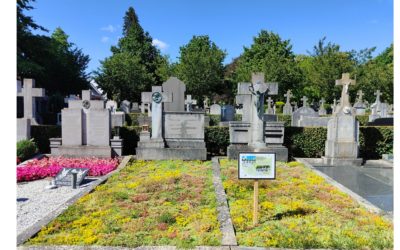Local approach to biodiversity at Aquafin’s wastewater treatment plant sites.
Mini forest in Josephine Koch Park
The project
Since the end of October 2023, a mini forest has been growing in Josephine Koch Park, modelled on a primeval forest as it would look without human activity. Normally, it would take around 200 years for such a forest to develop on its own. Using botanist Akira Miyawaki’s method, a similar result can be achieved in 20 years.
This method is based on the mechanisms and diversity of nature: 15 to 30 native tree and shrub species are planted in a single forest. These species work very well together and are perfectly adapted to the climatic conditions of the planting site.
This habitat becomes increasingly complex and, in balance with the current soil and climate conditions, forms a beautiful ecosystem that promotes increased biodiversity.
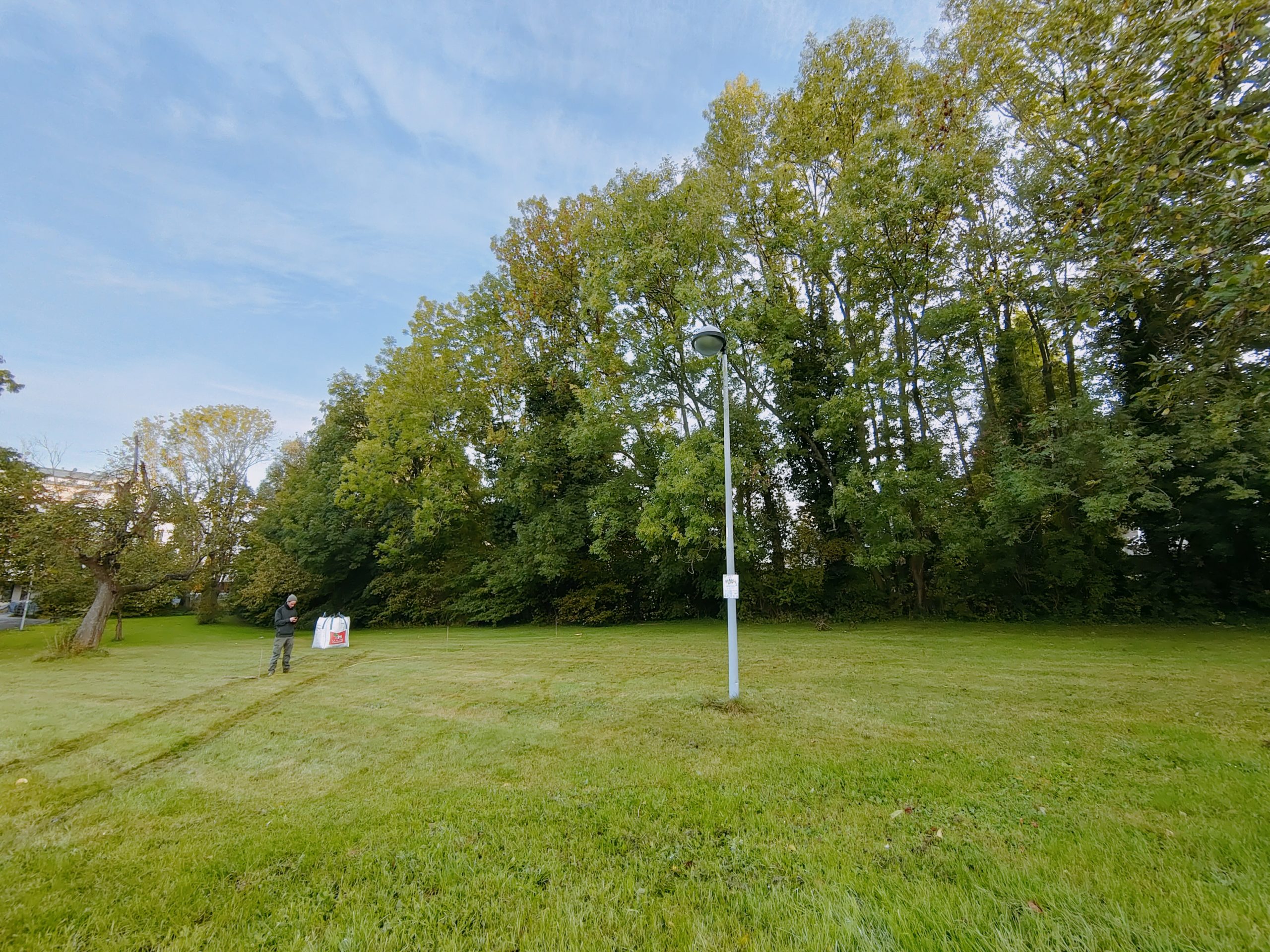
Project location
Contribution(s)
Project costs
Participant(s)
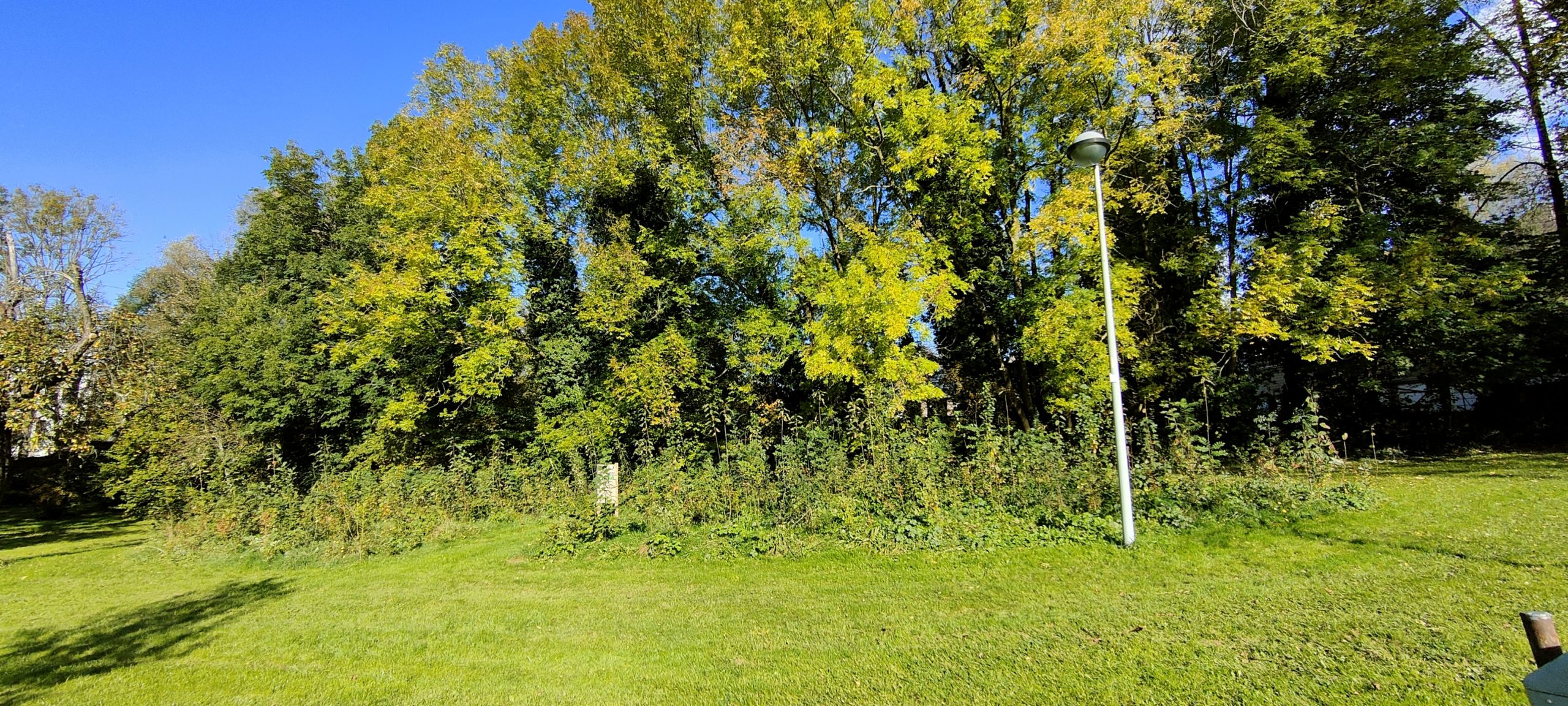
This project was carried out as part of the ‘BiodiverCité’ programme with financial support from the Walloon Region.
This project was carried out by the city of Eupen in collaboration with UrbanForests, primary schools, kindergartens and local residents.
How are the criteria of the objective met?
Urban and peri-urban areas
- Respect and/or improve the specific ecological characteristics of the area (e.g. the topography, the type of landscape, the local plant and animal life);
- Set up a biodiversity-friendly management system (e.g. rewilding, reduced mowing of parks, gardens, talus, ponds, no chemicals);
- As much naturalness as possible/as little alteration as possible of the initial landscape (landscape, quality of water, of soil, …);
- Incorporate the developments into the surrounding area and environment;
- Use native species/subspecies that are more resilient and resistant to climate change, if appropriate.
Possible initiatives in which the project is involved :
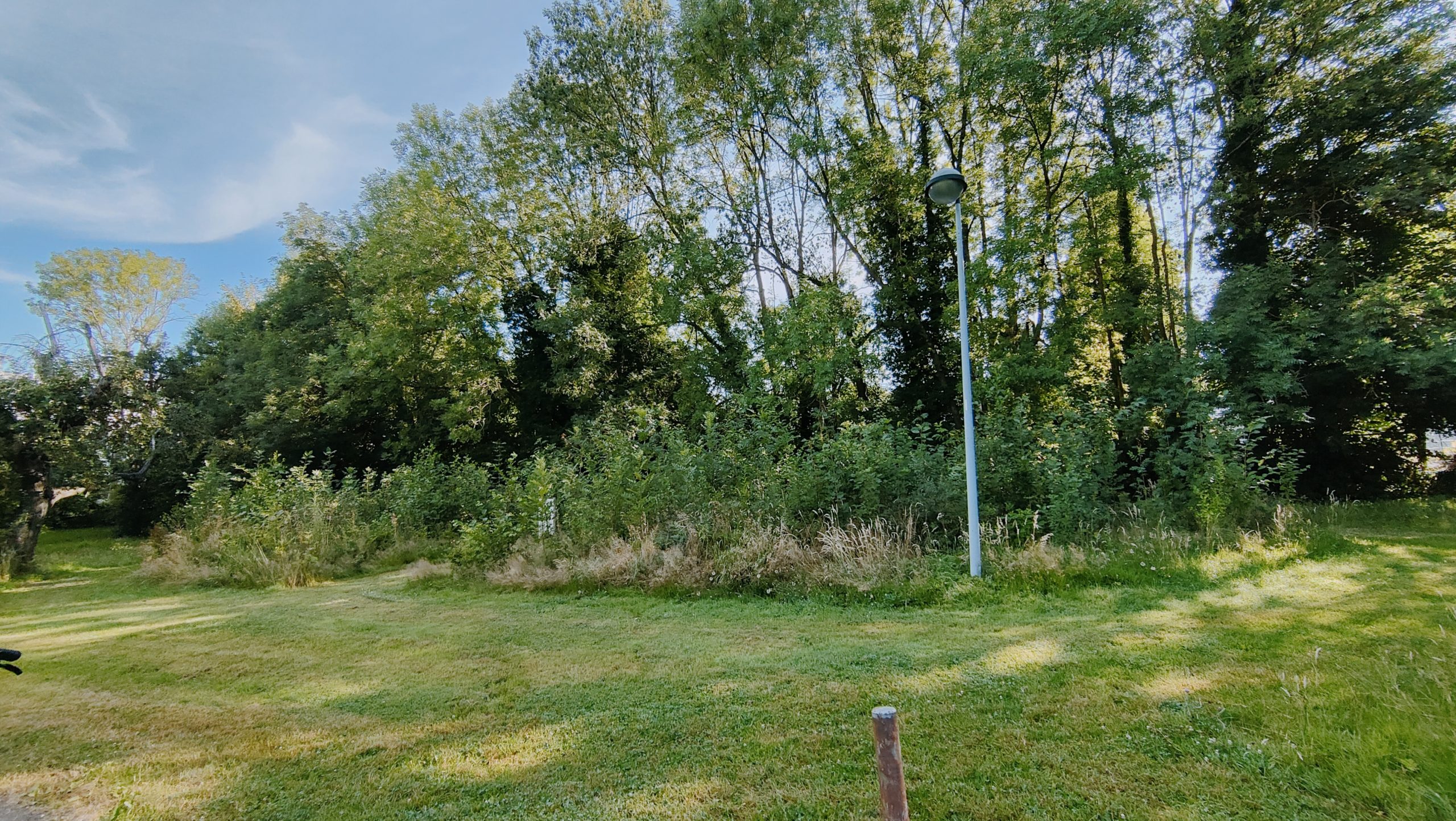
Long-term maintenance
Maintenance was only carried out in the first two years after planting. During this time, the undergrowth was removed by hand so that the small trees and shrubs would not be overgrown by the faster-growing herbaceous undergrowth. After two years, the trees and shrubs are already so well developed that no further maintenance is required.
Benefits
The area where the mini-forest now stands was previously a mowing meadow in the city park. The planting of the mini-forest is now developing a beautiful ecosystem that promotes increased biodiversity at the site.
We apply the principles of the Miyawaki method, which originated in Japan and has proven itself worldwide despite different soils and climate zones. In this approach, we select native species that are adapted to local conditions based on scientific criteria such as potential natural vegetation (PNV) and field observations. The aim is to restore a native forest ecosystem on a small scale more quickly, thereby accelerating the positive effects on the urban climate, habitat functions and CO2 sequestration. Its location in the middle of the city creates a special place to experience nature. Here, you can observe forest succession in fast motion.
Other projects linked to the objective: "Urban and peri-urban areas"
Micro-forests
UrbanForests specialises in creating participatory micro-forests that are 100% natural and based on the Miyawaki method.
Living cemetery in Eupen
Instead of covering graves with gravel, low-maintenance permanent greenery is being tested here.
